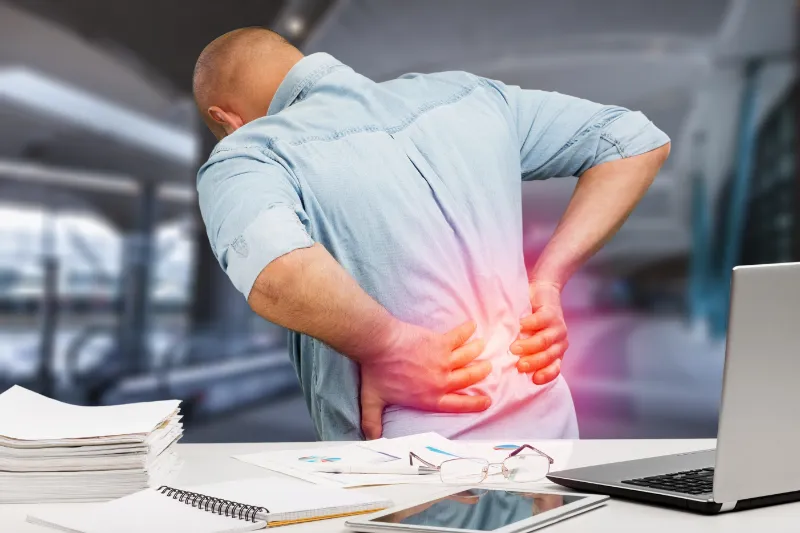Understanding and Managing Spine Pain:
A Comprehensive Guide
Spine pain is a prevalent issue that prompts people to seek medical assistance and can lead to missed workdays. It stands as a leading cause of global disability. The good news is that various measures can help prevent or alleviate most instances of Spine pain. In the event that prevention falls short, implementing simple home treatments and practicing proper body mechanics often results in healing within a matter of weeks. Surgical intervention is seldom necessary for treating Spine pain.
REQUEST AN APPOINTMENTExploring
Back Pain Symptoms
The spectrum of Spine pain ranges from aching muscles to shooting, burning, or stabbing sensations. It can also extend down the leg. Activities such as bending, twisting, lifting, standing, or walking can exacerbate the discomfort.
Diagnostic tests that could be employed to pinpoint
the underlying cause of Spine pain include
X-ray:
These images can reveal arthritis or fractures. However, they might not effectively highlight issues with the spinal cord, nerves, muscles, or disks.
MRI or CT Scans:
These scans produce detailed images that can uncover herniated disks or problems with bones, muscles, tissues, tendons, nerves, ligaments, and blood vessels.
Blood Tests:
These tests can help identify whether infections or other conditions might be contributing to the pain.
Nerve Studies:
Electromyography (EMG) gauges the electrical impulses produced by nerves and how muscles respond to them. This test can confirm nerve pressure due to herniated disks or spinal canal narrowing (spinal stenosis).
Diagnosing
Spine Pain
The pain specialists at Treasure Valley Pain Center will comprehensively examine your Spine, evaluating your ability to sit, stand, walk, and lift your legs. They may ask you to rate your pain on a scale of zero to 10 and discuss how the pain impacts your daily activities. These evaluations help determine the source of the pain, your range of movement before the pain becomes prohibitive, and whether muscle spasms are present. Furthermore, they aid in ruling out more serious causes of Spine pain.


